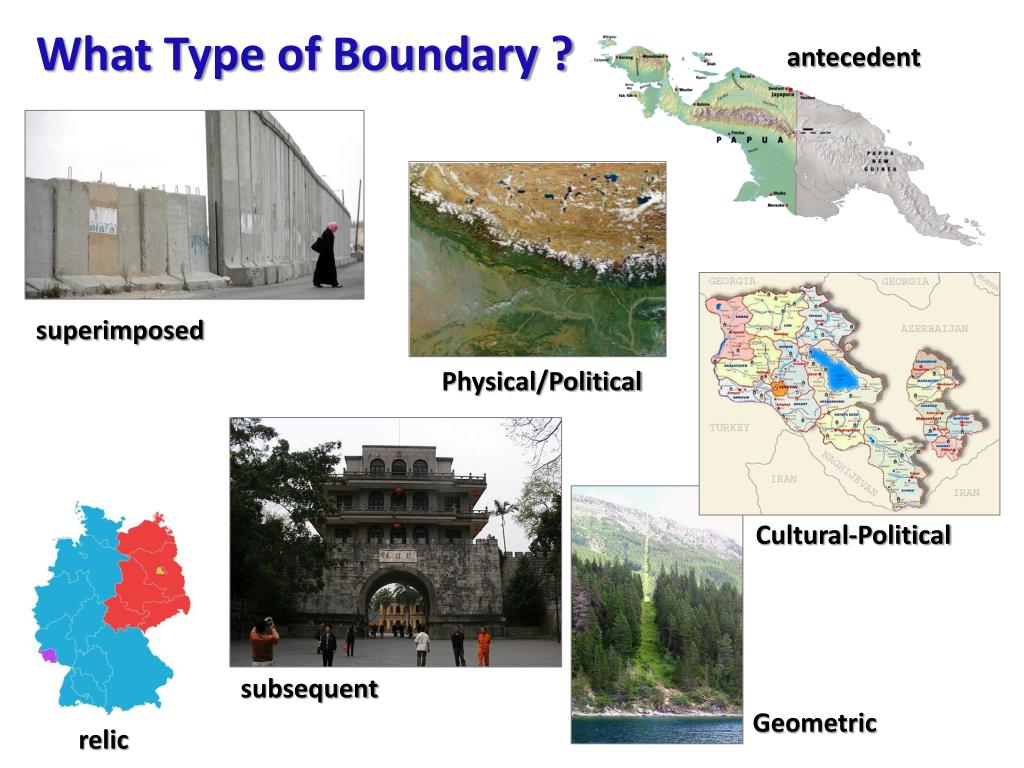

However, the yield and economic benefits of some formations and blocks in this basin are not very good 11, 12, 13.

The exploration and development of coalbed methane have made the greatest progress in the Qinshui Basin, and there is a commercial development in the south part. However, the thickness of the different facies in the combined sequence is mostly small because of frequent facies changes in the marine-continental transitional environment, which hinder the independent development of coalbed methane, shale gas, and sandstone gas 9, 10. Currently, coal-measure gas in the Shanxi-Taiyuan Formations of Carboniferous to Permian has the highest exploration record. The gas generated by coal seam and organic-rich mudstone can fill pore space in adjacent mudstone or sandstone reservoirs in addition to self-accumulation 7, 8. Coal-measure gas is characterized by a clear symbiotic accumulation. Much fruitful exploration and development work has been performed over the past decade in these provinces. China's coal-measure gas resources are extensively distributed in several provinces (autonomous regions) such as Shanxi, Inner Mongolia, Liaoning, Guizhou, Hebei, etc. It is significant unconventional energy in terms of multi-strata, widely distributed, and resources 4, 5. The identification of superimposed reservoirs can provide an engineering reference for the exploration of coal-measure gas.Ĭoal-measure gas refers to a set of coalbed methane, coal-measure shale gas (includes shale gas and certain coal-derived gas, abbreviated as shale gas), and tight sandstone gas that are linked through genetic relationship and by vertical superimposition 1, 2, 3. The development potential of combination II is poor due to the small strata thickness and poor continuity. The strata thickness, continuity, and gas logging results of combination III comprise the most favorable conditions for fairly good development potential, followed by combination I. This division occurs from top to bottom in the succession and is identified on the basis of lithology, total organic carbon content (TOC) of mudstones, gas logging, superimposition relationships, and the source rock-reservoir-caprock assemblage.

The combinations of successions are identified, coalbed methane, shale gas, and tight sandstone gas horizons are divided into a mudstone-sandstone reservoir (combination I), a coal-mudstone-sandstone reservoir (combination II), and a coal-mudstone reservoir (combination III).
#SUPERIMPOSED BOUNDARY FREE#
Coalbed methane mainly adsorbs on the surface of micropores, shale gas mainly occurs in micropores, macropores and micro-factures in adsorbed and free states, and tight sandstone gas mainly occurs in macropores in a free state. Source rocks (coal seams and coal-measure mudstones) in the study area are characterized by type III kerogen, organic rich and over-mature, and reach a gas generation peak during the Early to Late Cretaceous. This work investigates the formation mechanism of various types of reservoirs (coalbed methane, shale gas, tight sandstone) in the Taiyuan Formation (Yushe-Wuxiang Block, eastern Qinshui Basin). Superimposed accumulation mechanism and model of vertical source rock–reservoir system of coal-measure gas is crucial to evaluate the exploration potential, and also the basis of co-exploration and co-production of coal measure gas.


 0 kommentar(er)
0 kommentar(er)
